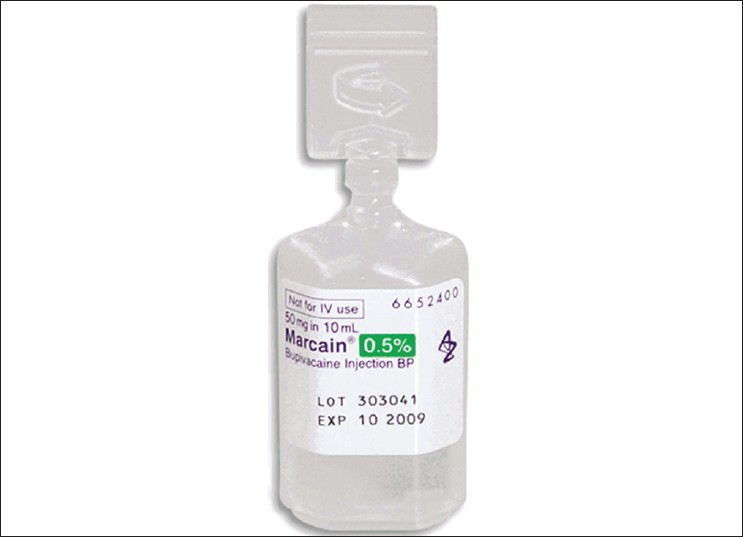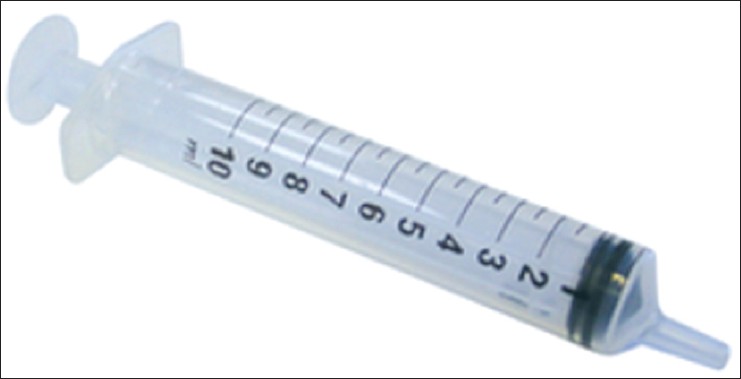|


 |
| LETTER TO EDITOR |
|
| Year : 2014 | Volume
: 6
| Issue : 2 | Page : 71-72 |
|
|
Use of labels on local anaesthetic syringes
Z Ahmad
University Hospitals Coventry and Warwickshire, Coventry, Warwickshire, United Kingdom
| Date of Web Publication | 18-Dec-2014 |
Correspondence Address:
Z Ahmad
University Hospitals Coventry and Warwickshire, Coventry, Warwickshire
United Kingdom
 Source of Support: None, Conflict of Interest: None
DOI: 10.4103/2006-8808.147267

How to cite this article:
Ahmad Z. Use of labels on local anaesthetic syringes
. J Surg Tech Case Report 2014;6:71-2 |
Sir,
Using local anesthetic particularly in high-turnover surgery such as day-case local anesthetic lists (skin cancer and hand surgery) for anesthesia, blood-less fields (with adrenaline) and post-operative pain relief are common practice. Local and regional anesthetic allows high turnover, arguably safer and more resource efficient approach to such surgery and also enables patients to have a relatively pain free recovery in the first few hours of the post-operative period. However using local anesthetic is not free from risk. Side-effects including circumoral tingling, dizziness and palpitations are just some of the signs of local and systemic toxicity, which have been reported [Figure 1], [Figure 2]. | Figure 1: Ampoule of local anesthetic. The label can be peeled off by the scrub nurse and attached to a sterile syringe
Click here to view |
 | Figure 2: Sterile syringe with label can be differentiated from syringes with saline or other agents to prevent harm to patient or surgeon
Click here to view |
When general anesthesia is being administered anesthetists and their practitioners carefully prepare and label their drugs using labels to optimize safety. During local anesthetic cases, the surgeon often has the responsibility of taking consent, marking the patient, preparing and administering the anesthesia and then performing the surgery. In order to reduce the chance of mishaps occurring, the adhesive labels from local anesthetic vials (i.e., Marcaine ® ) can be fixed onto the actual syringe, the surgeon is using in order to label the contents of the syringe, thereby negating any possible doubt as to the contents of the syringe. Often there may other syringes which may contain saline, or other agents (hydrogen peroxide, sterile water, chlorhexidine) This simple, yet very highly effective technique ensures that patient safety is not compromised irrespective of the scrub nurses scrub trolley or the hustle and bustle of the busy operating theatre.
[Figure 1], [Figure 2]
|